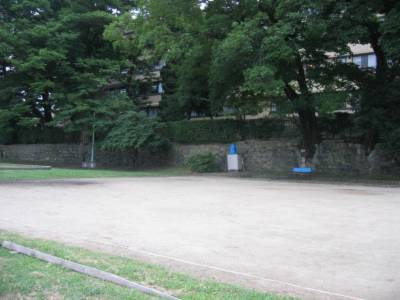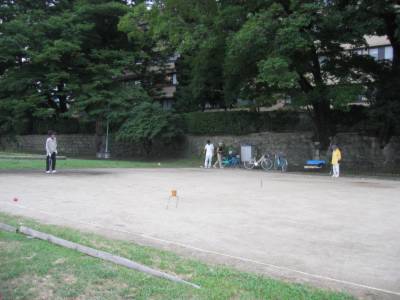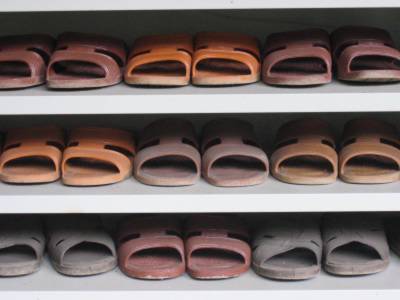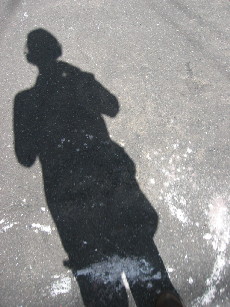Always a pleasant way to spend the day in Kyoto...or anywhere:
"ONE OF THE BASIC situationist practices is the dérive [literally: “drifting”], a technique of rapid passage through varied ambiances. Dérives involve playful-constructive behavior and awareness of psychogeographical effects, and are thus quite different from the classic notions of journey or stroll.
"In a dérive one or more persons during a certain period drop their relations, their work and leisure activities, and all their other usual motives for movement and action, and let themselves be drawn by the attractions of the terrain and the encounters they find there. Chance is a less important factor in this activity than one might think: from a dérive point of view cities have psychogeographical contours, with constant currents, fixed points and vortexes that strongly discourage entry into or exit from certain zones".
Theory of the Dérive
Guy Debord
Les Lèvres Nues #9 (November 1956)
reprinted in Internationale Situationniste #2 (December 1958)
Translated by Ken Knabb
for more Situaltionalist writing see:
http://www.cddc.vt.edu/sionline/si/theory.html
Unfortunately the sweet shop was out of azuki bean sweet, soft balls- wagashi. But the second-hand book store made up for it with a copy ofthe "complete" History of Islamic Political Thought. Oishi, ne?













